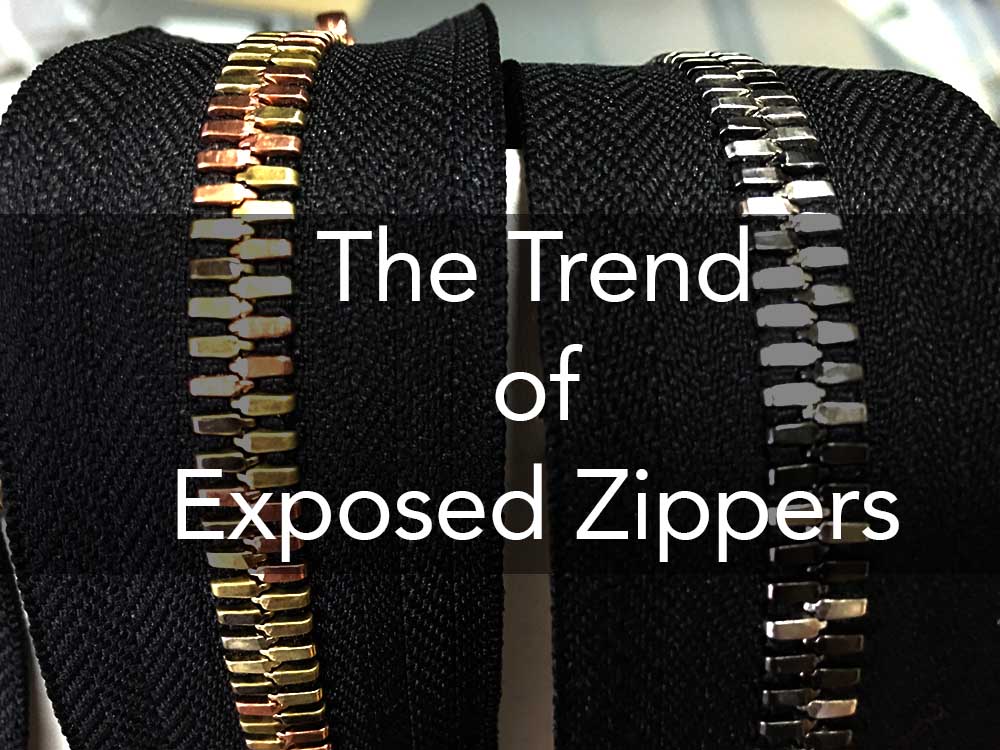
Even if you’re interested in fashion, you might not think about zippers very often. Or, if you do, you might consider them to be a simple, utilitarian way to fasten your clothes. However, zippers have become far more than just a way to secure your clothing. They are now being used by designers as decorative embellishments — serving a dual purpose that is equally functional and fashionable.
The Origins Of The Exposed Zipper Trend
The trend of the exposed zipper really took hold of the fashion world in 2012, when several of the world’s most respected designers chose to include visible fastening hardware on their runway pieces. However, while exposed zippers rose to prominence only a few years ago, zippers have been an essential building block of apparel for nearly a century. The first zipper was invented by a man named Elias Howe in 1851, and they were added to galoshes by B.F. Goodrich in 1923, making them one of the most popular clothes-fastening options across the board.
From the very beginning of their usage, zippers were intended to be hidden. The fasteners were sewn onto clothing so that when zipped, the zipper was concealed — making for a seamless closure and an almost magic-like invisibility. However, around five years ago, designers decided to flip this notion on its head — sewing zippers so that they can be seen when zipped, and using the aesthetic look of the zipper to add a fashionable embellishment to a piece of clothing. In 2012, in fact, many designers actually named their pieces after zippers to accentuate the importance of the trend: for example, Michael Kors’ “Zip Suit” and Calvin Klein’s “Zip Front Dress.”
The Basics Of Exposed Zippers
Exposed zippers are used by designers both functionally and in places that are non-functional. Exposed zippers may be added to the front or back of an item of clothing to allow a wearer to easily put it on or take it off. Alternatively, exposed zippers can be added as simple adornments to clothes (e.g., on pockets).
Exposed zippers can be made out of any material that traditional, covered zippers are made out of. The sturdiest exposed zippers are made from polyester nylon coils, which are also the easiest zippers to zip. Alternatively, many designers choose to add metallic zippers to their clothes to give an eye-catching, contrasting look.
As the exposed zipper trend may be in its sunset season, a new trend will certainly pop up and we’re hoping it continues to use the zipper!


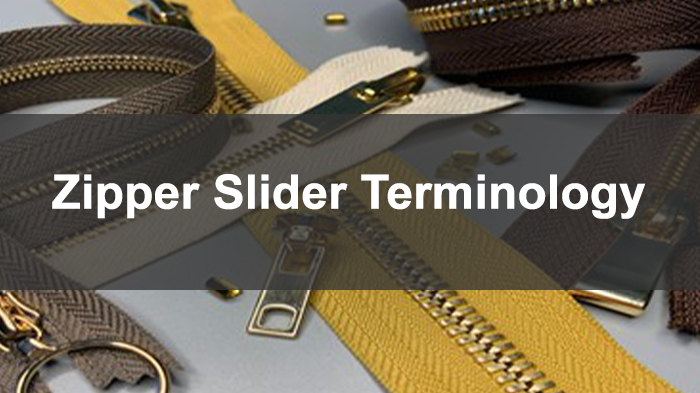
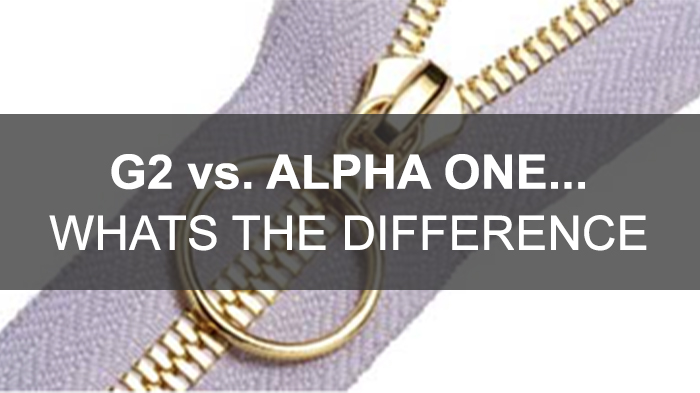

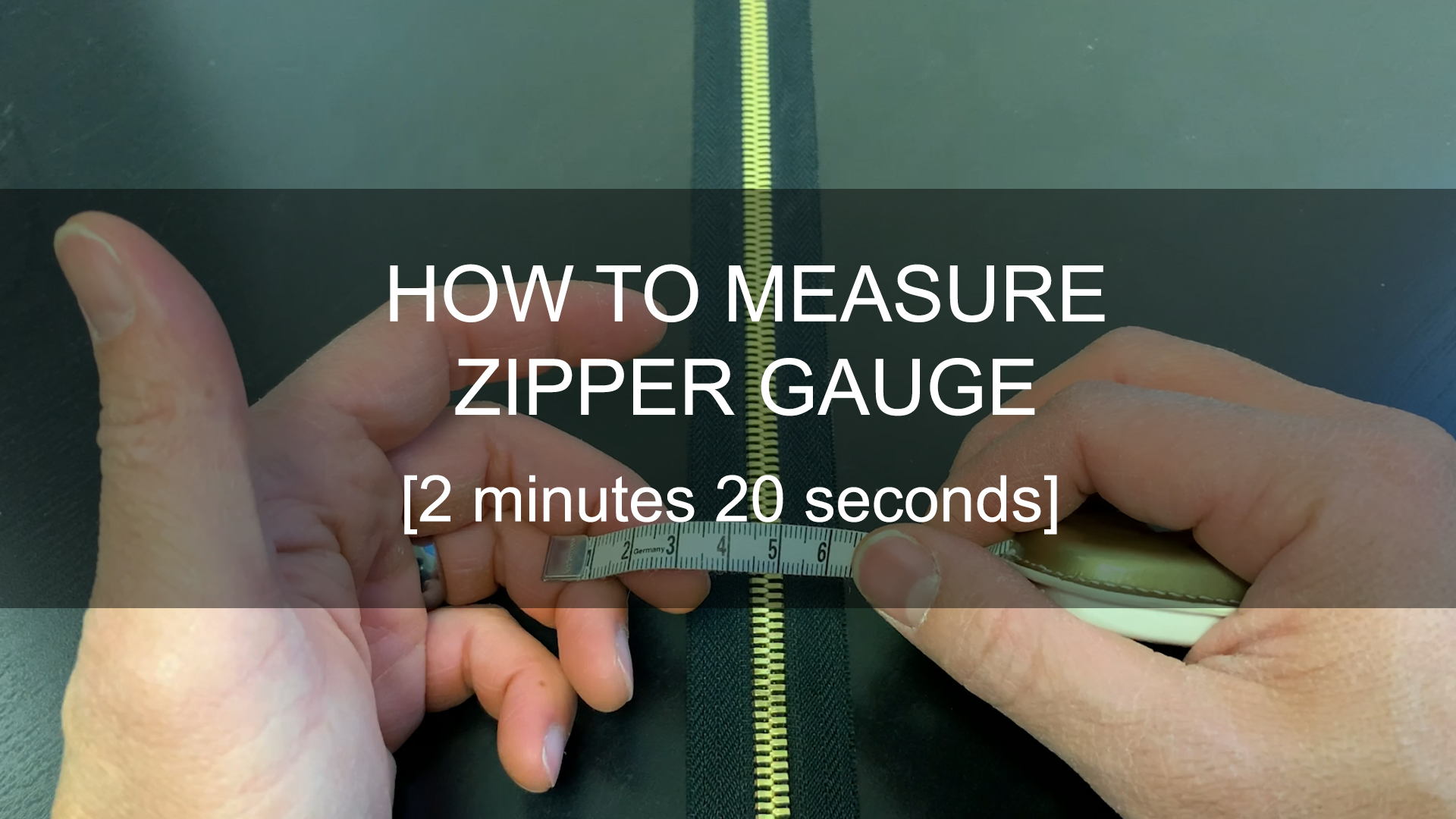

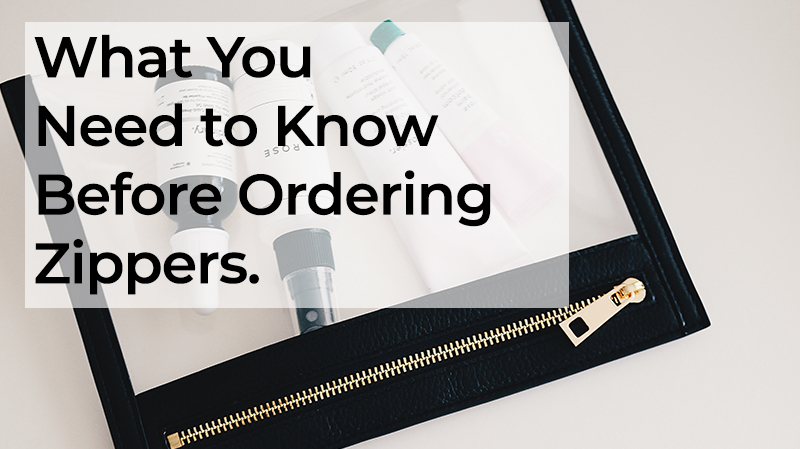
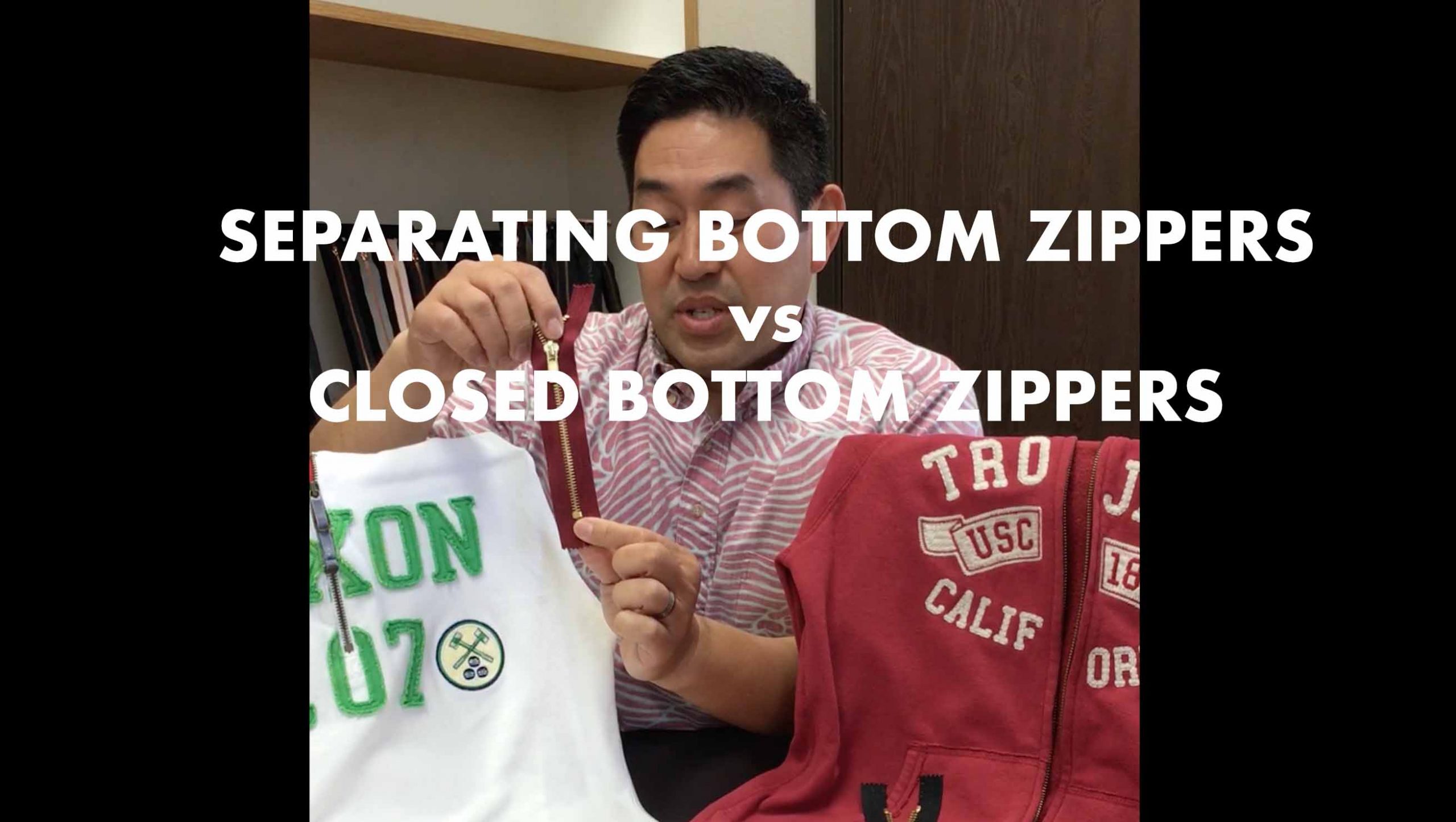
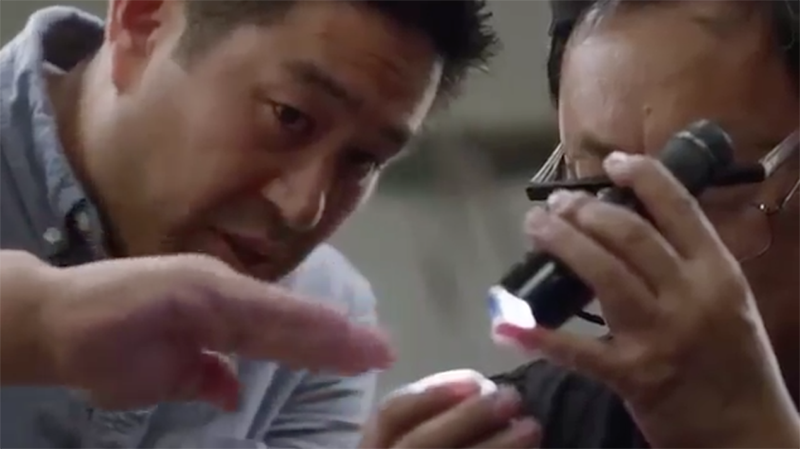
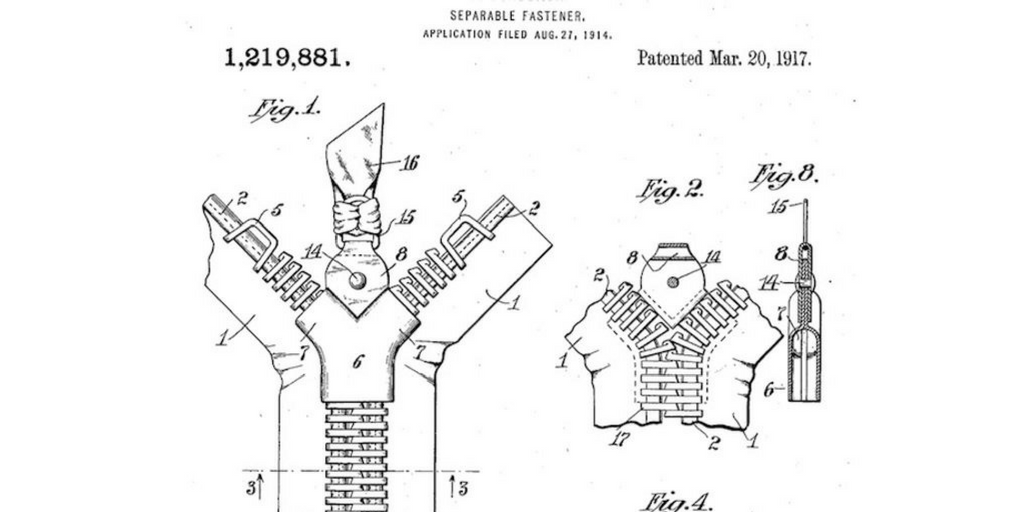

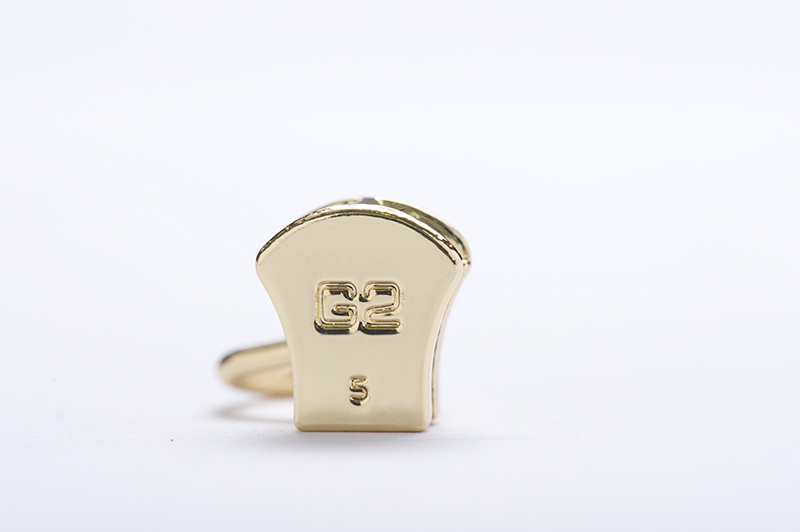

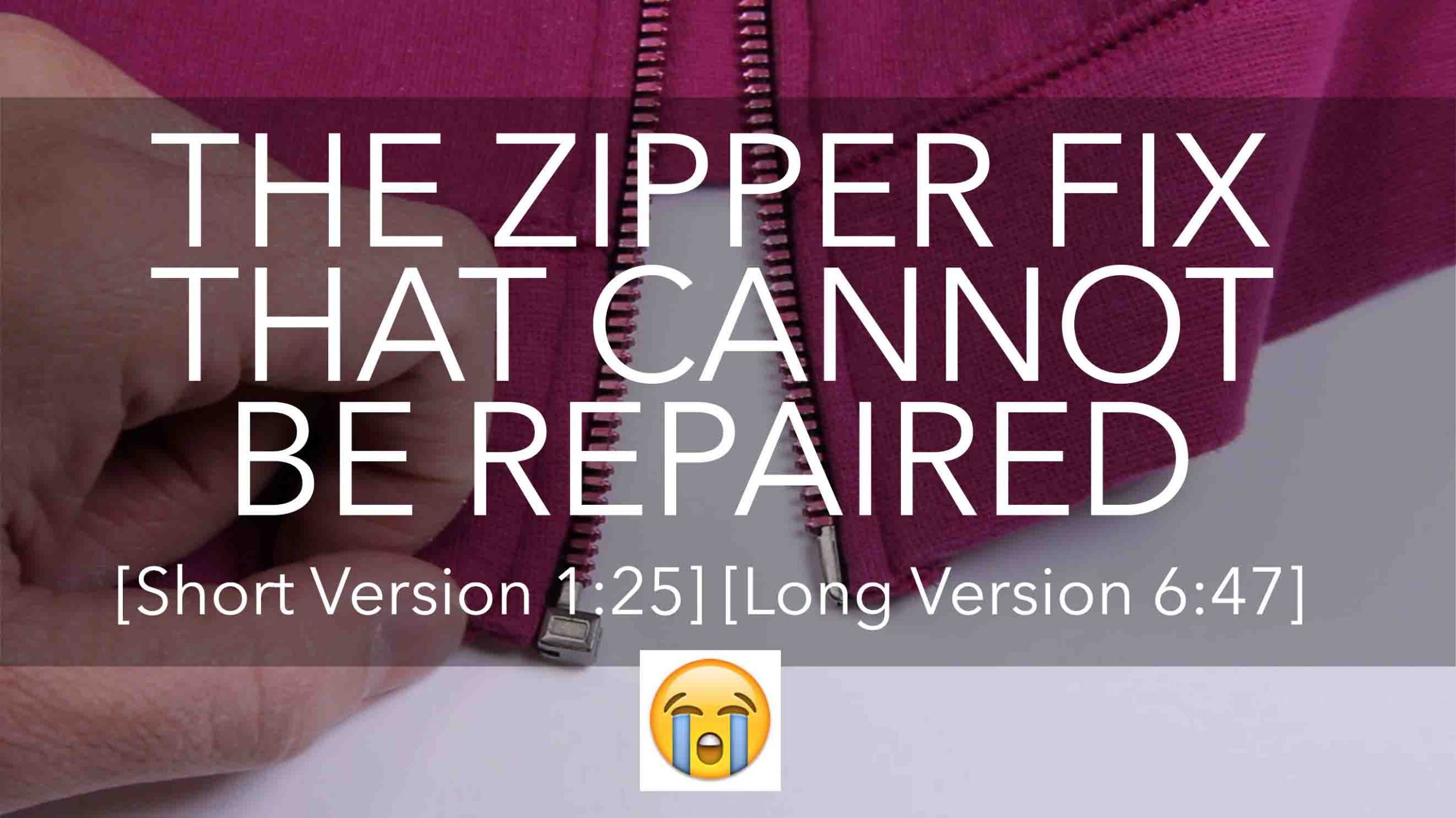
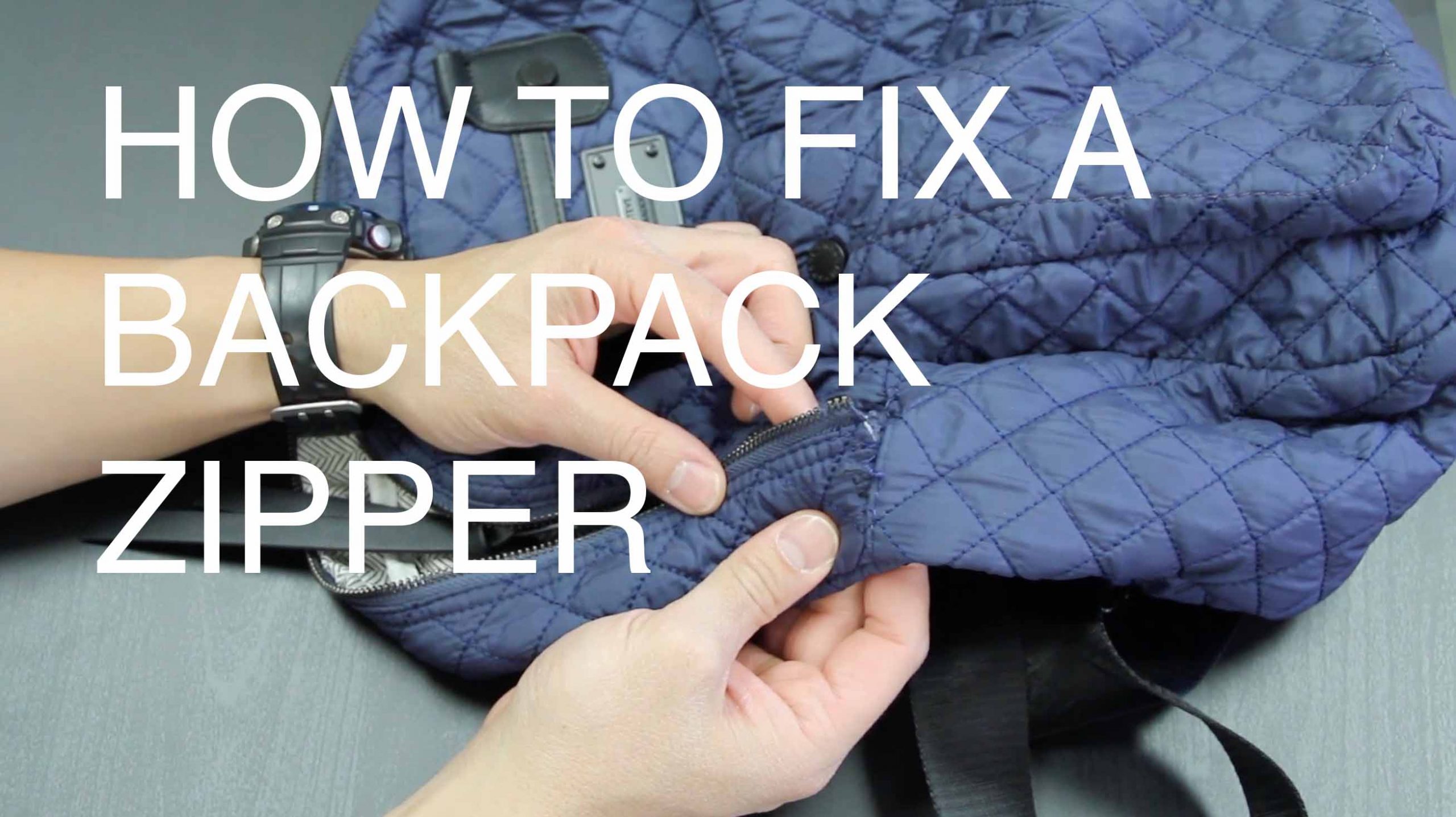
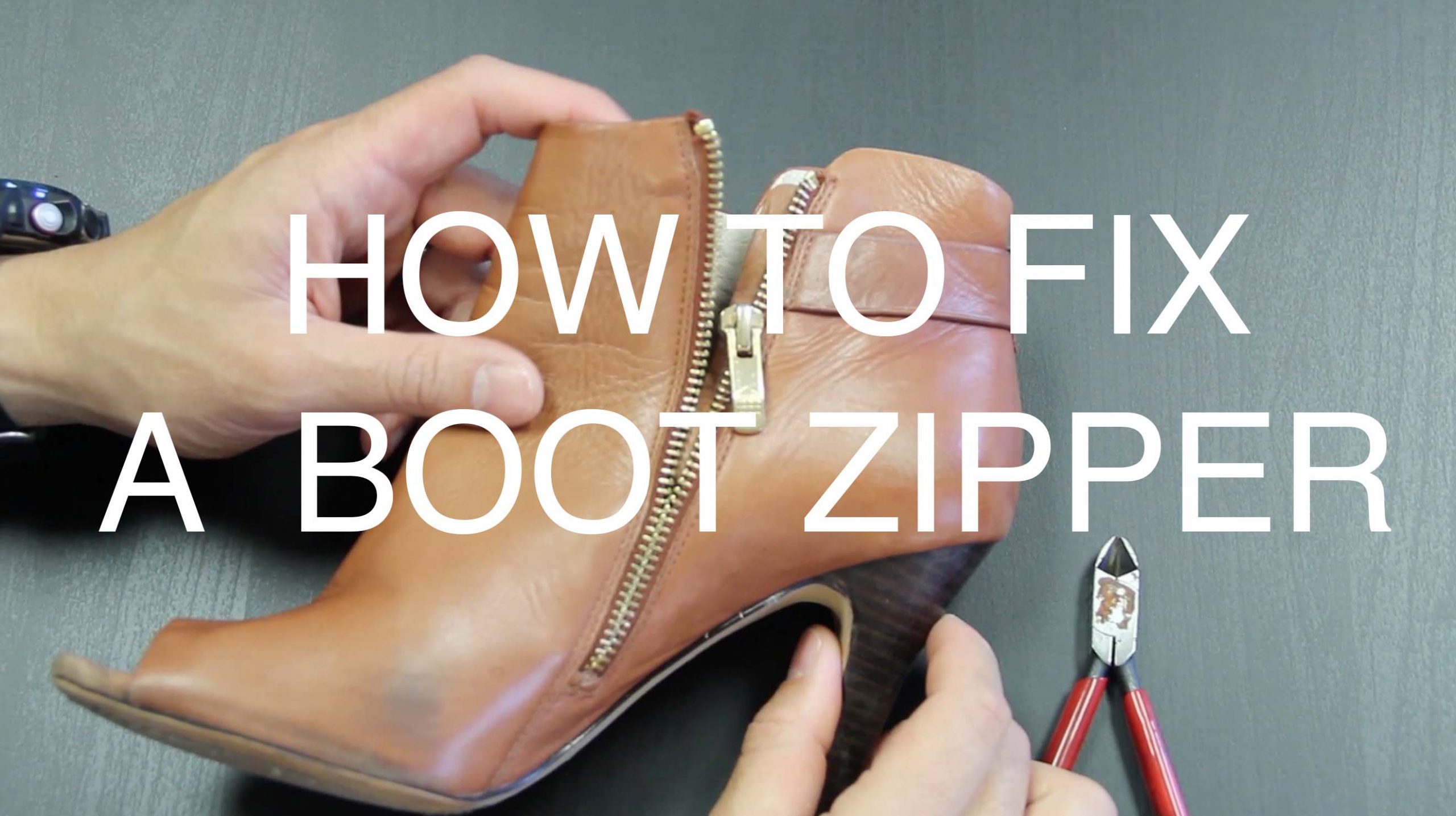
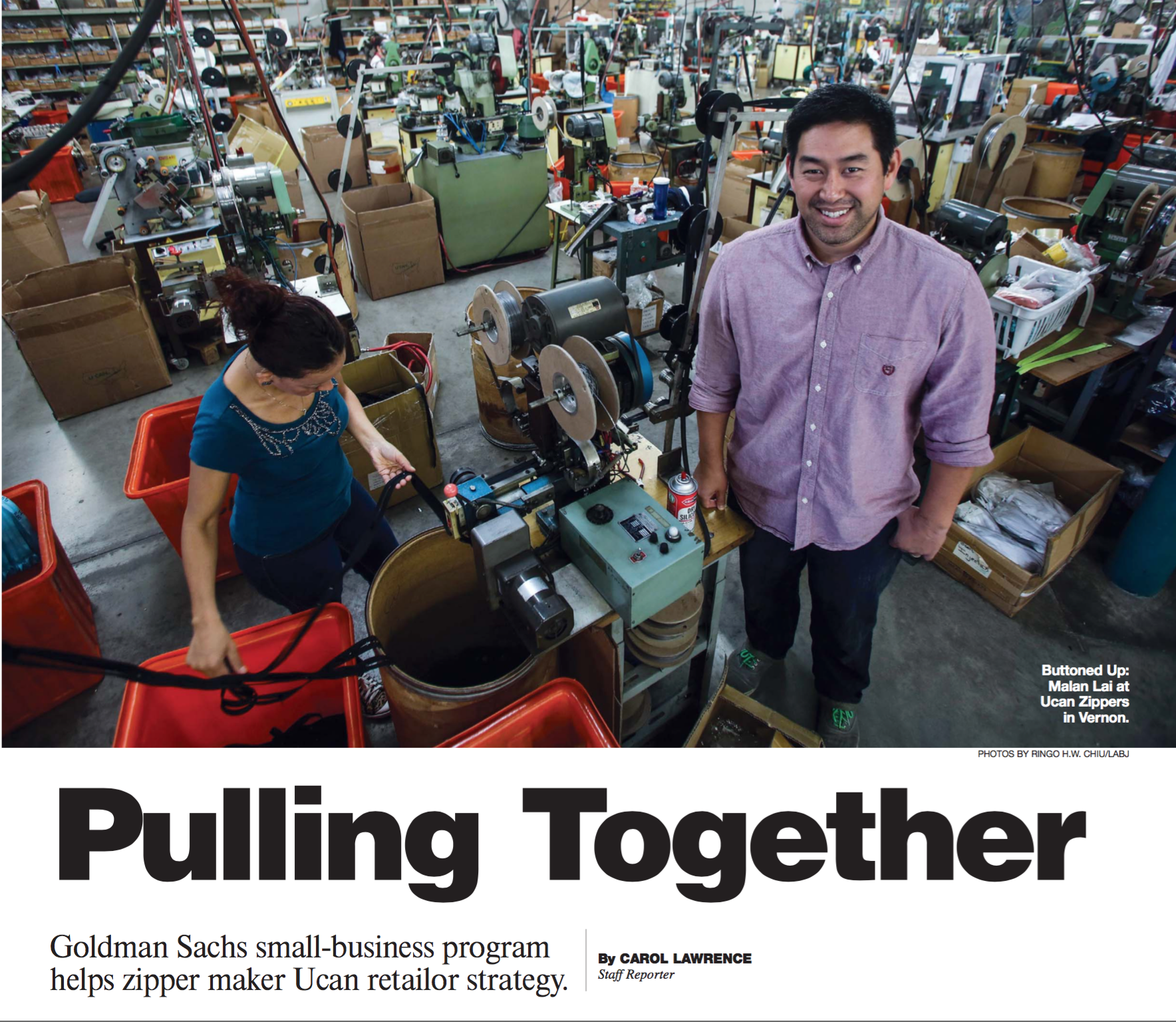

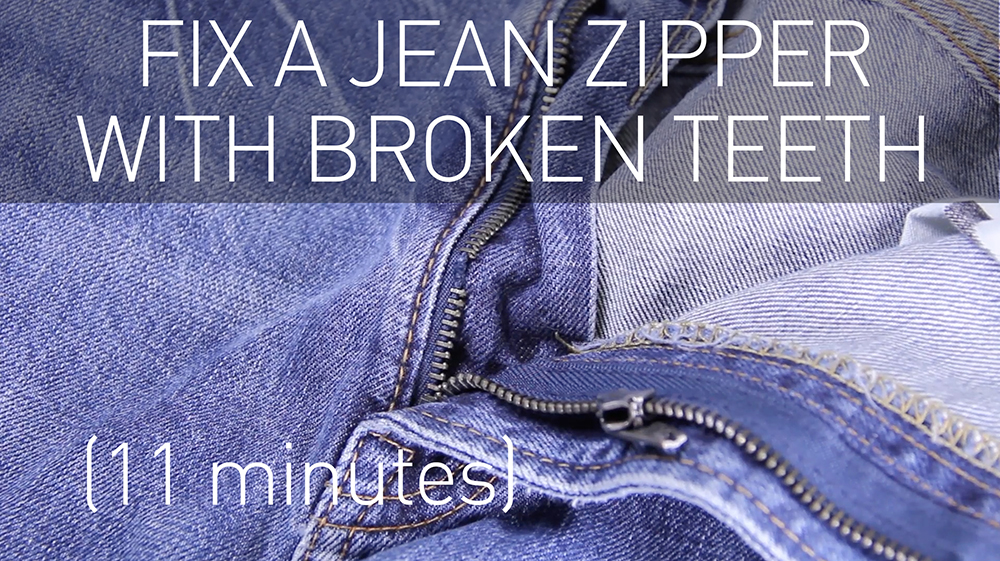
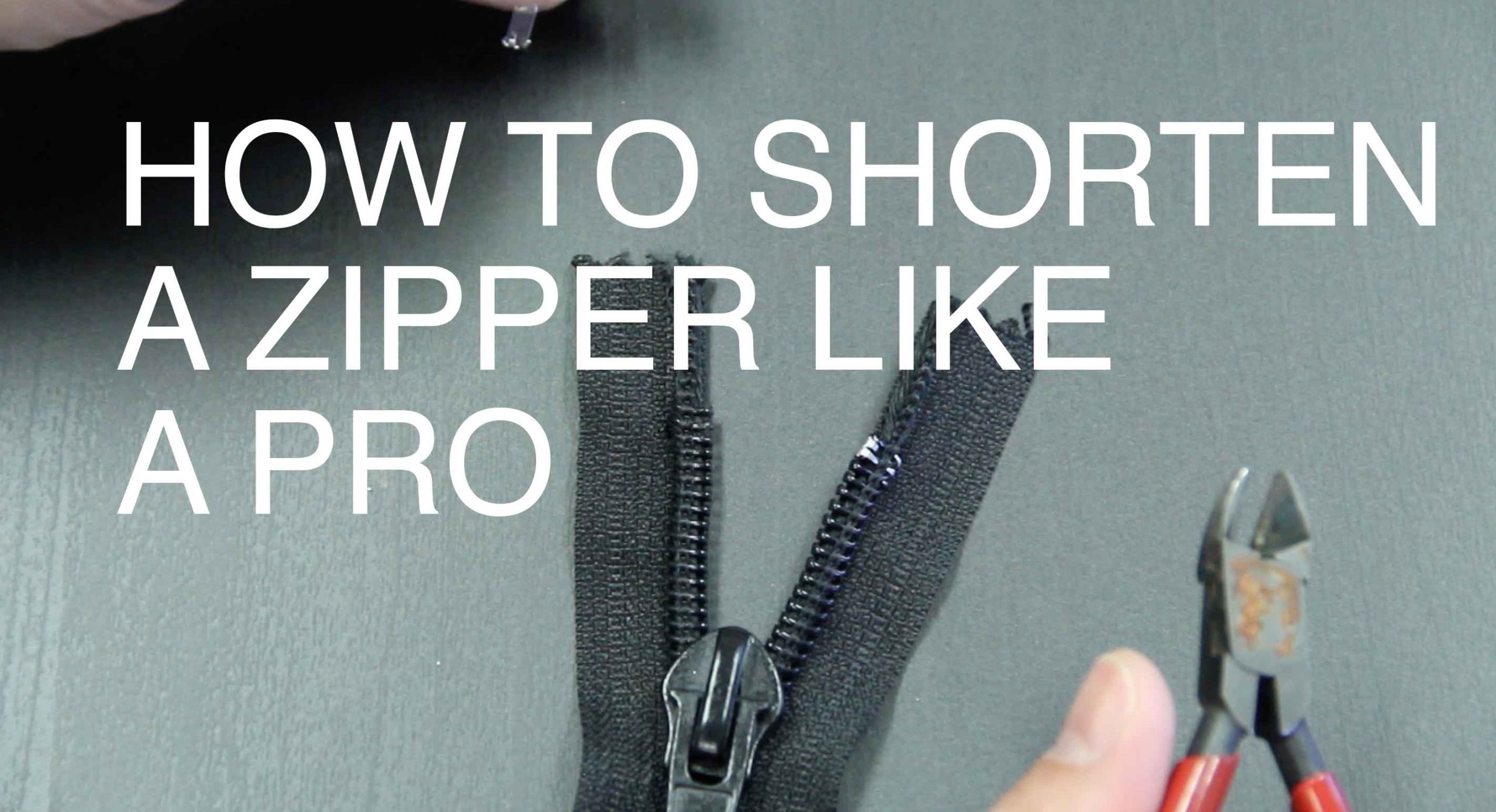
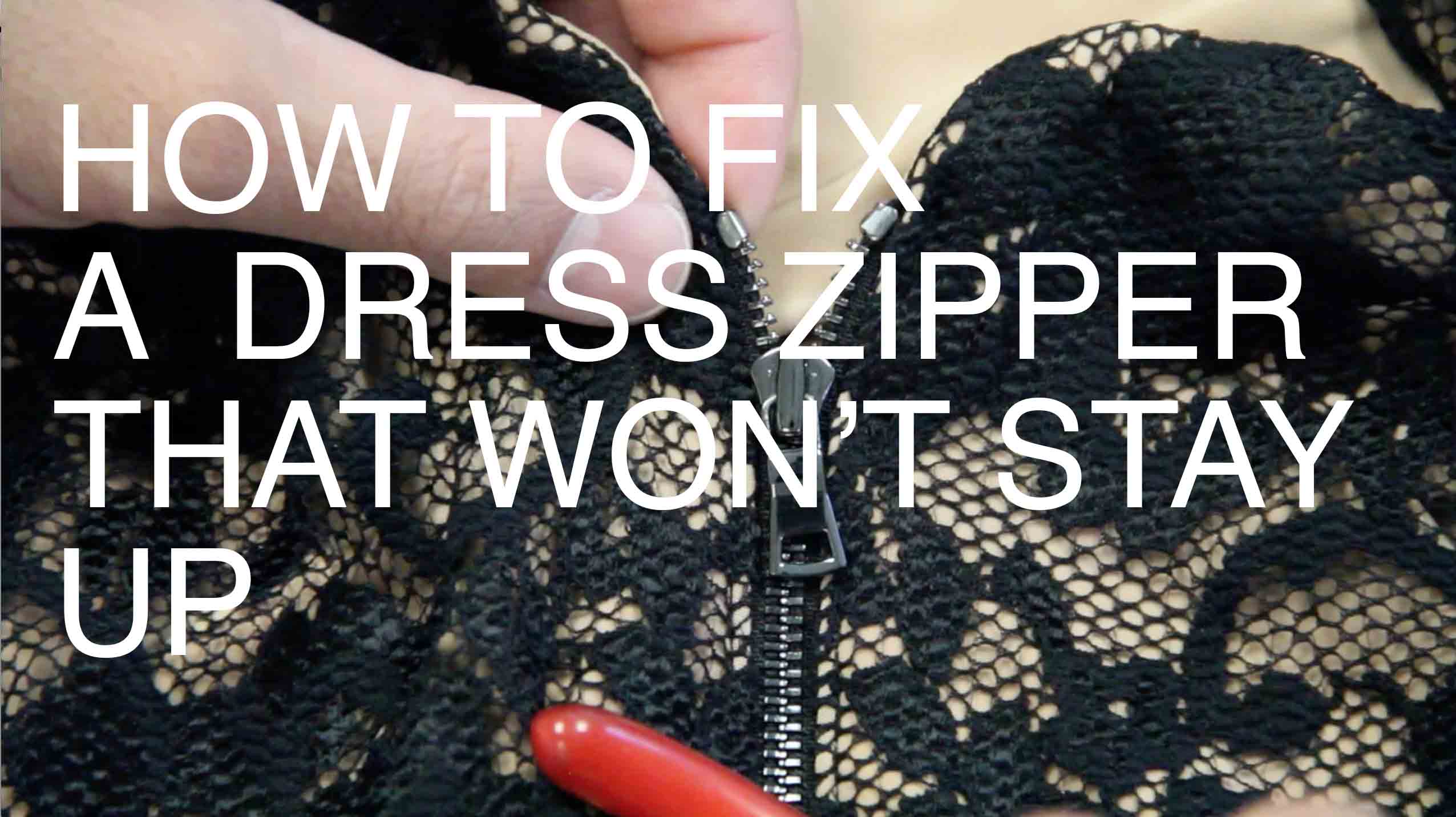
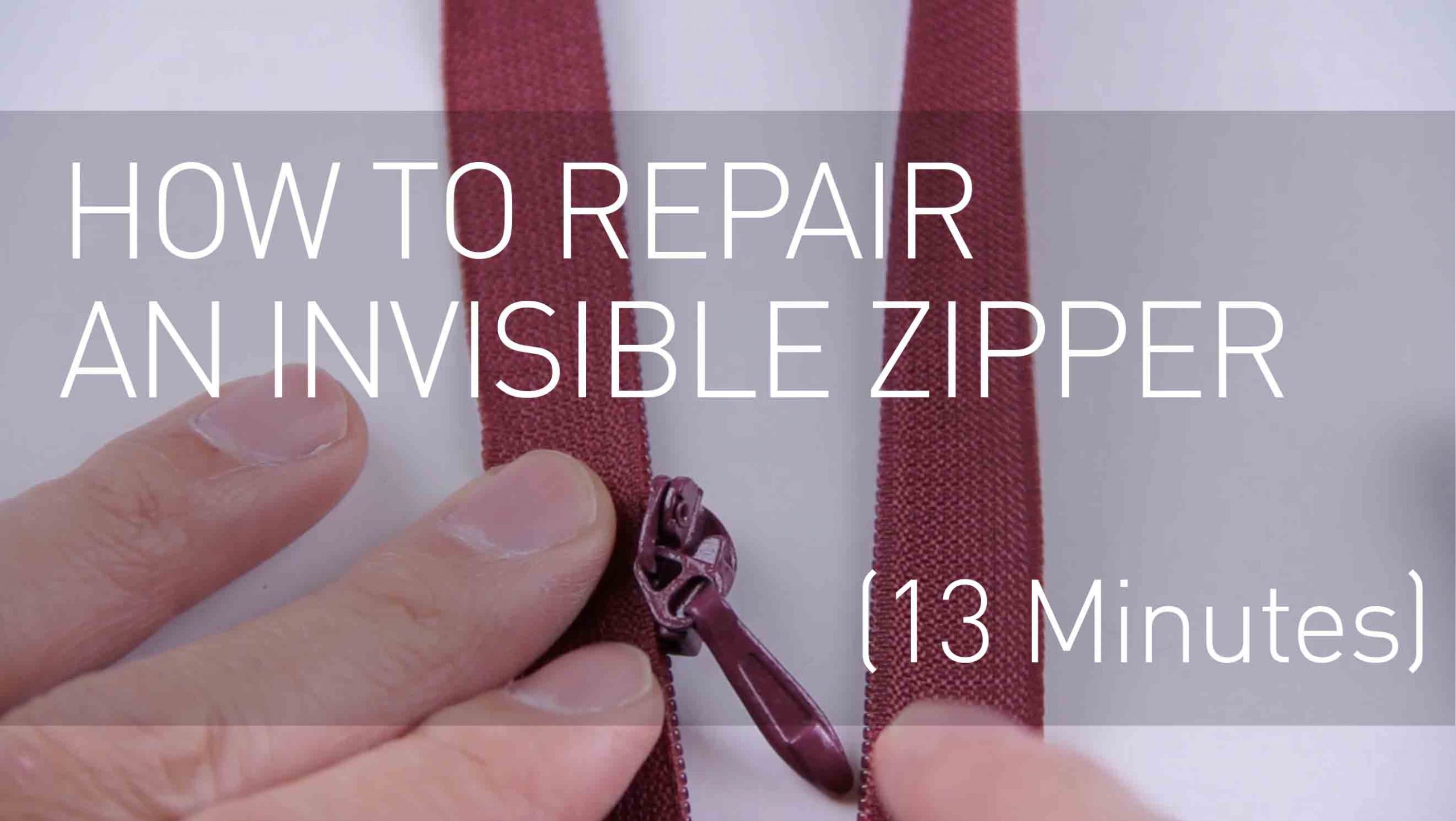



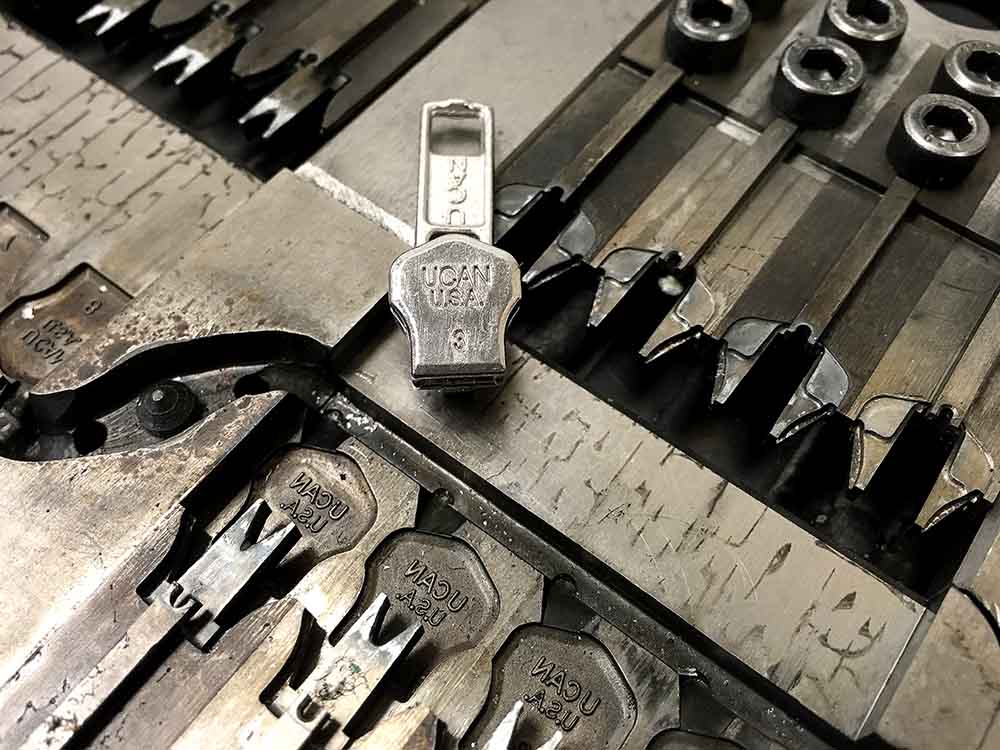
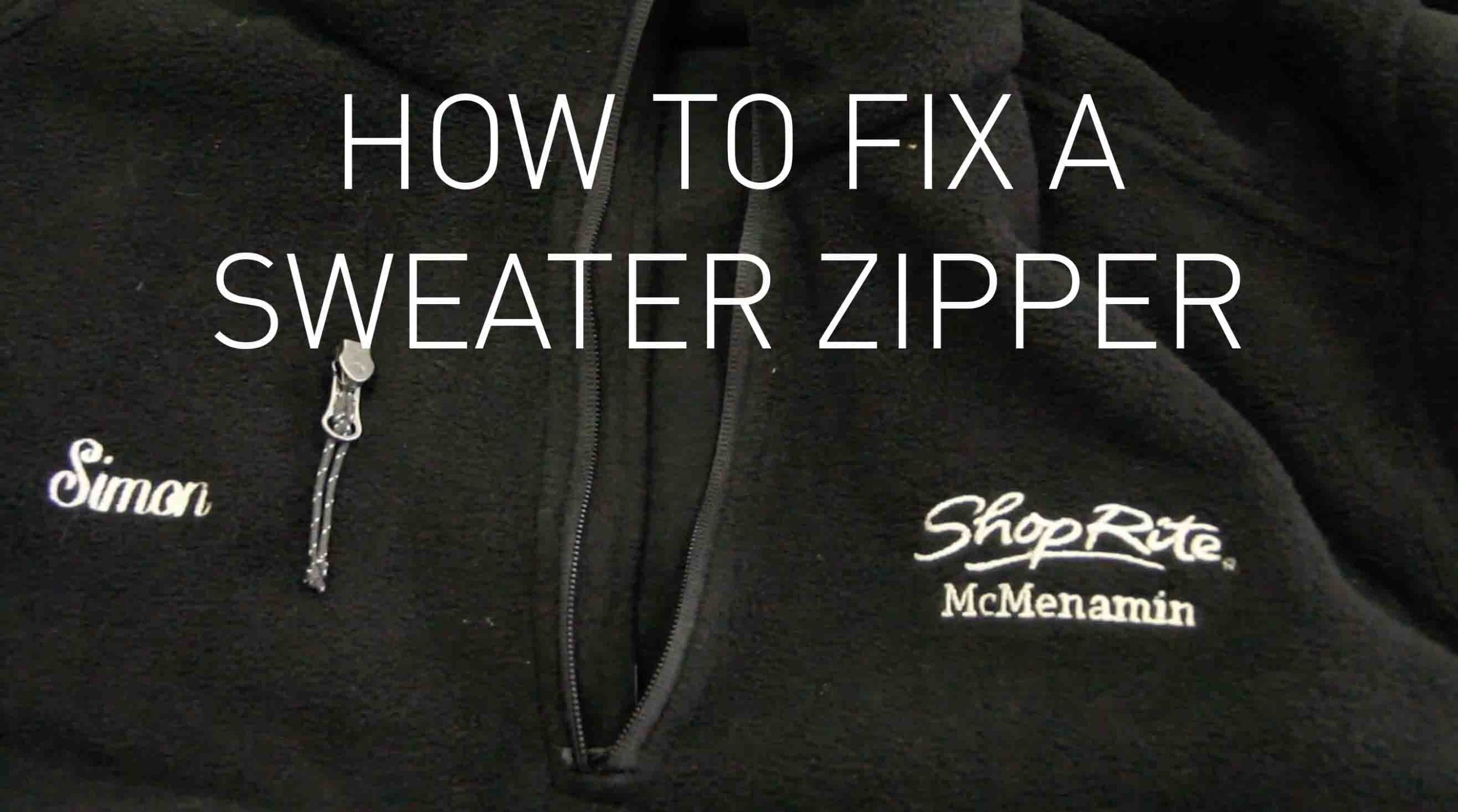
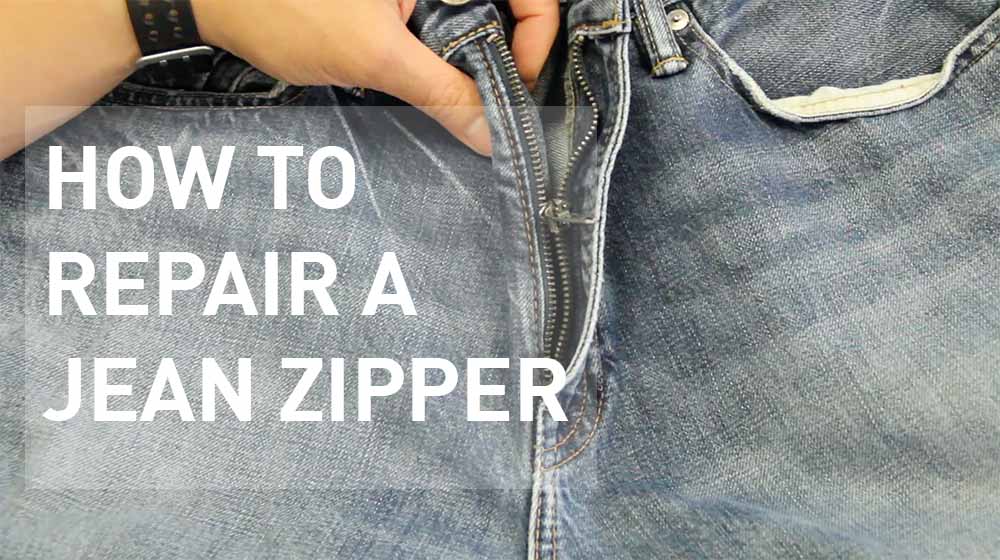

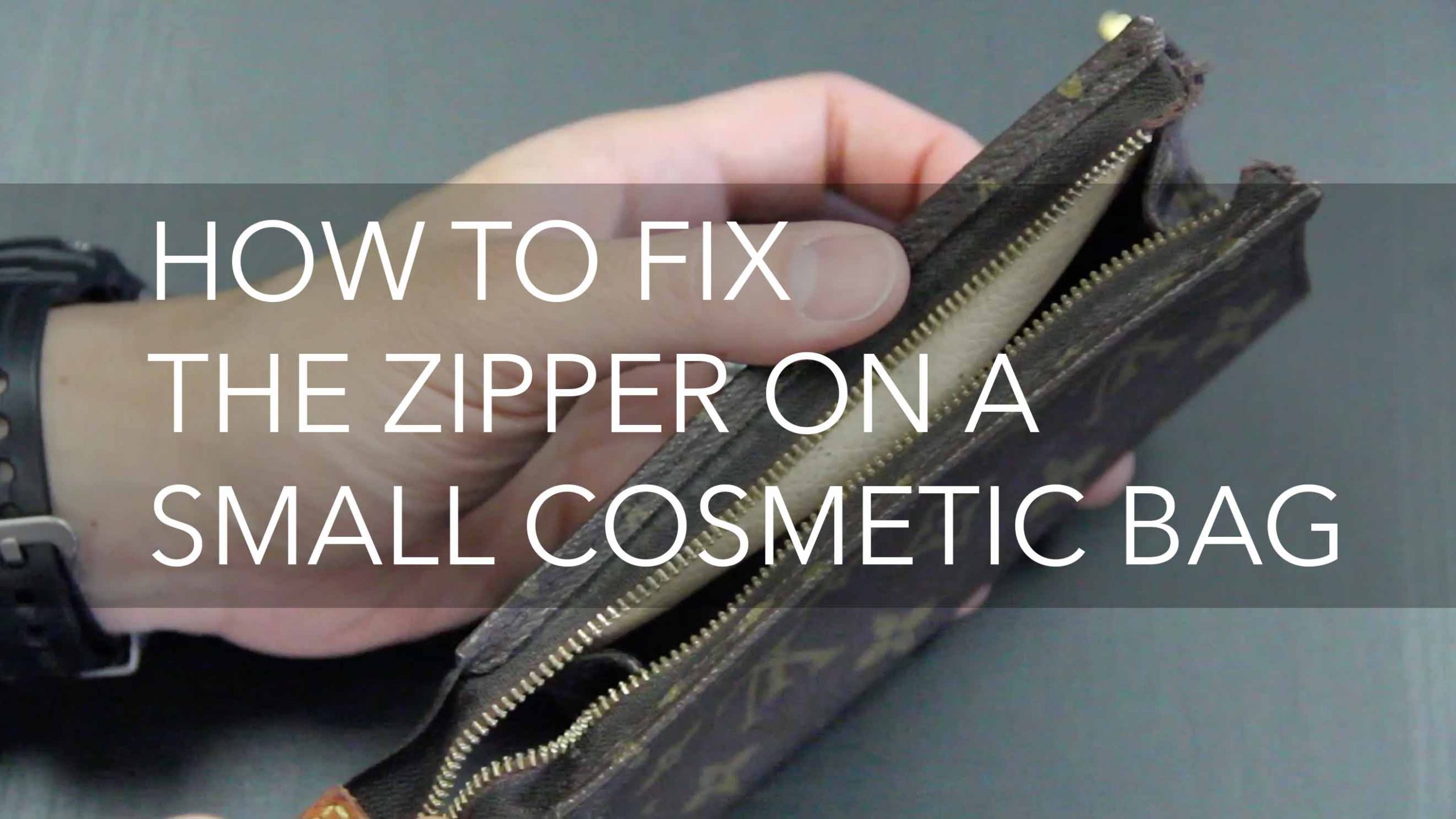
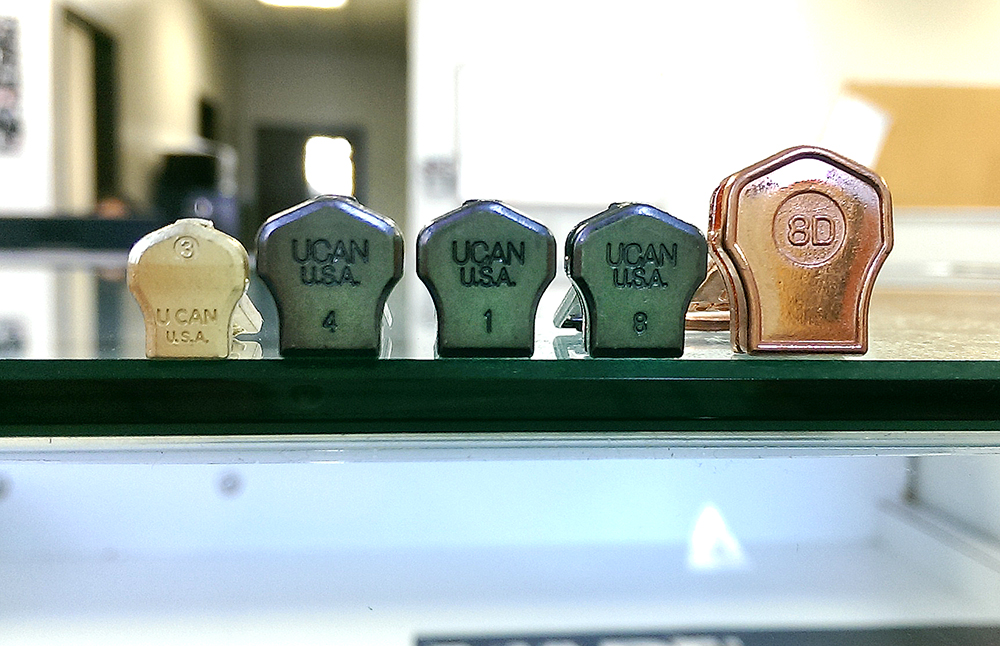
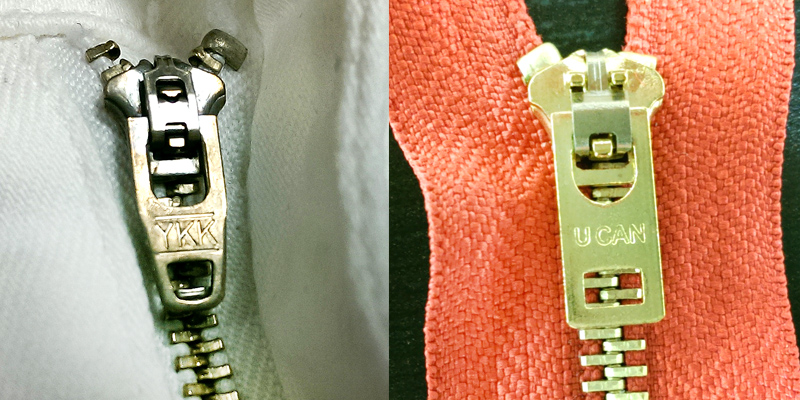

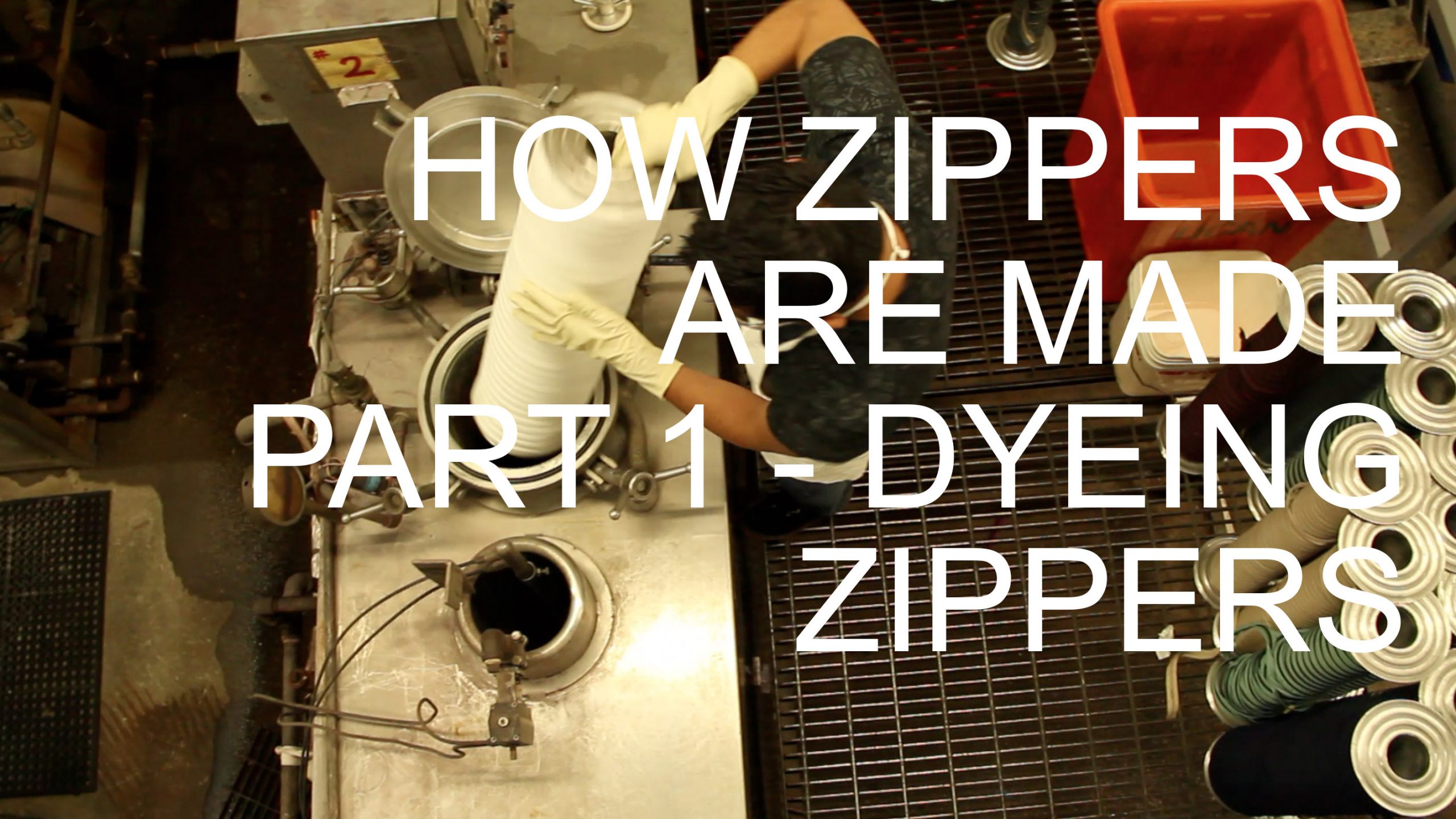
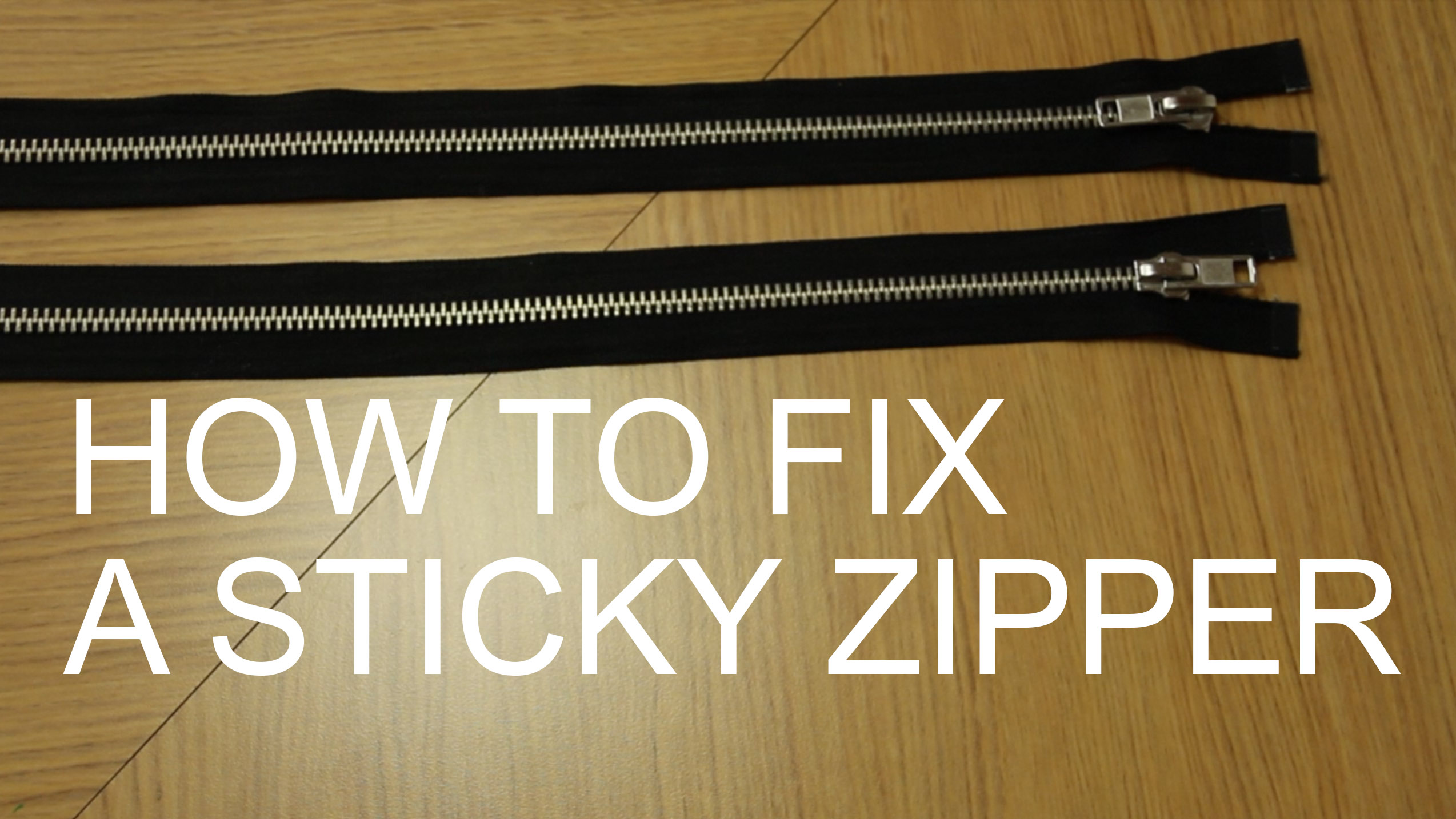


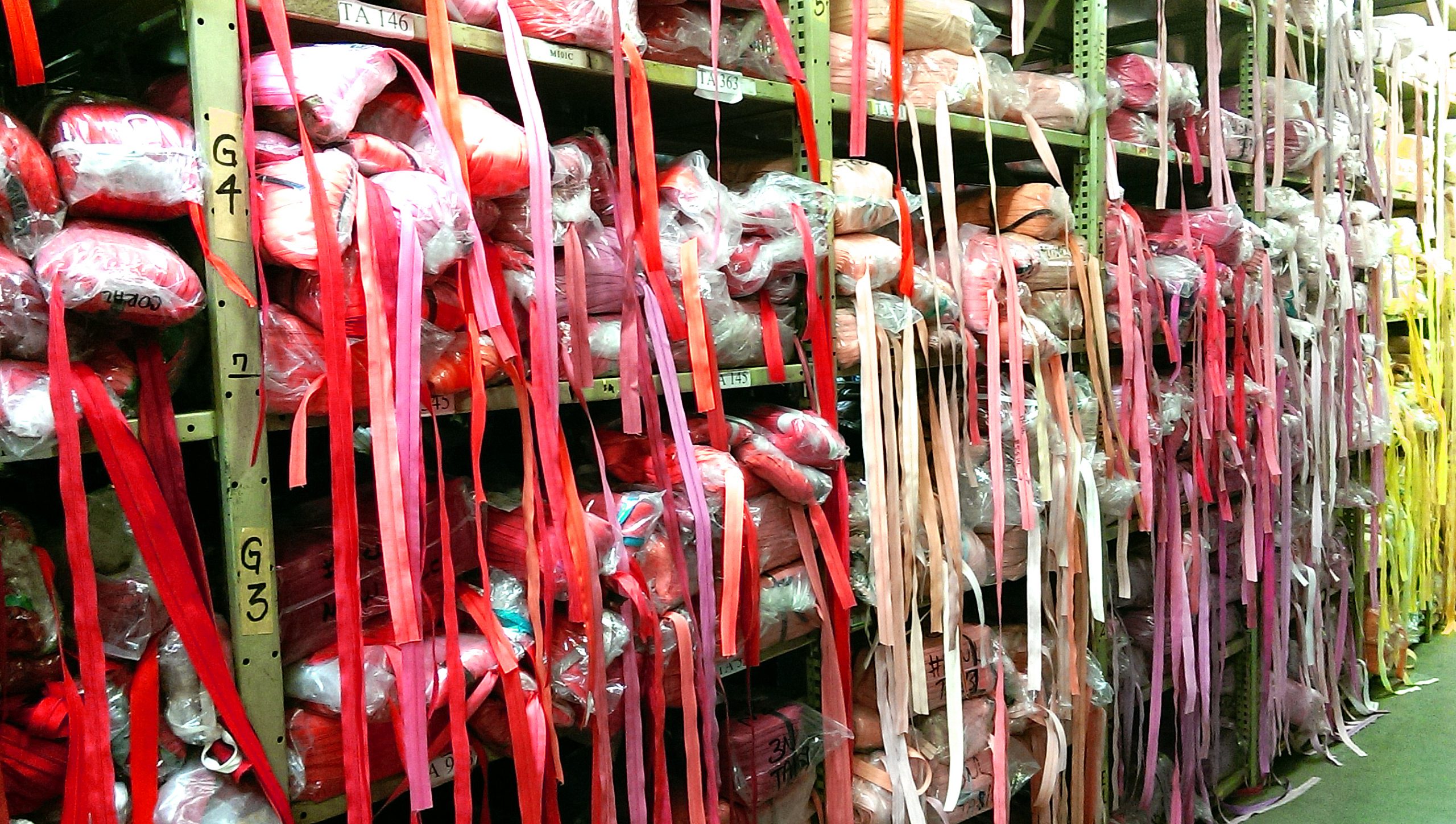

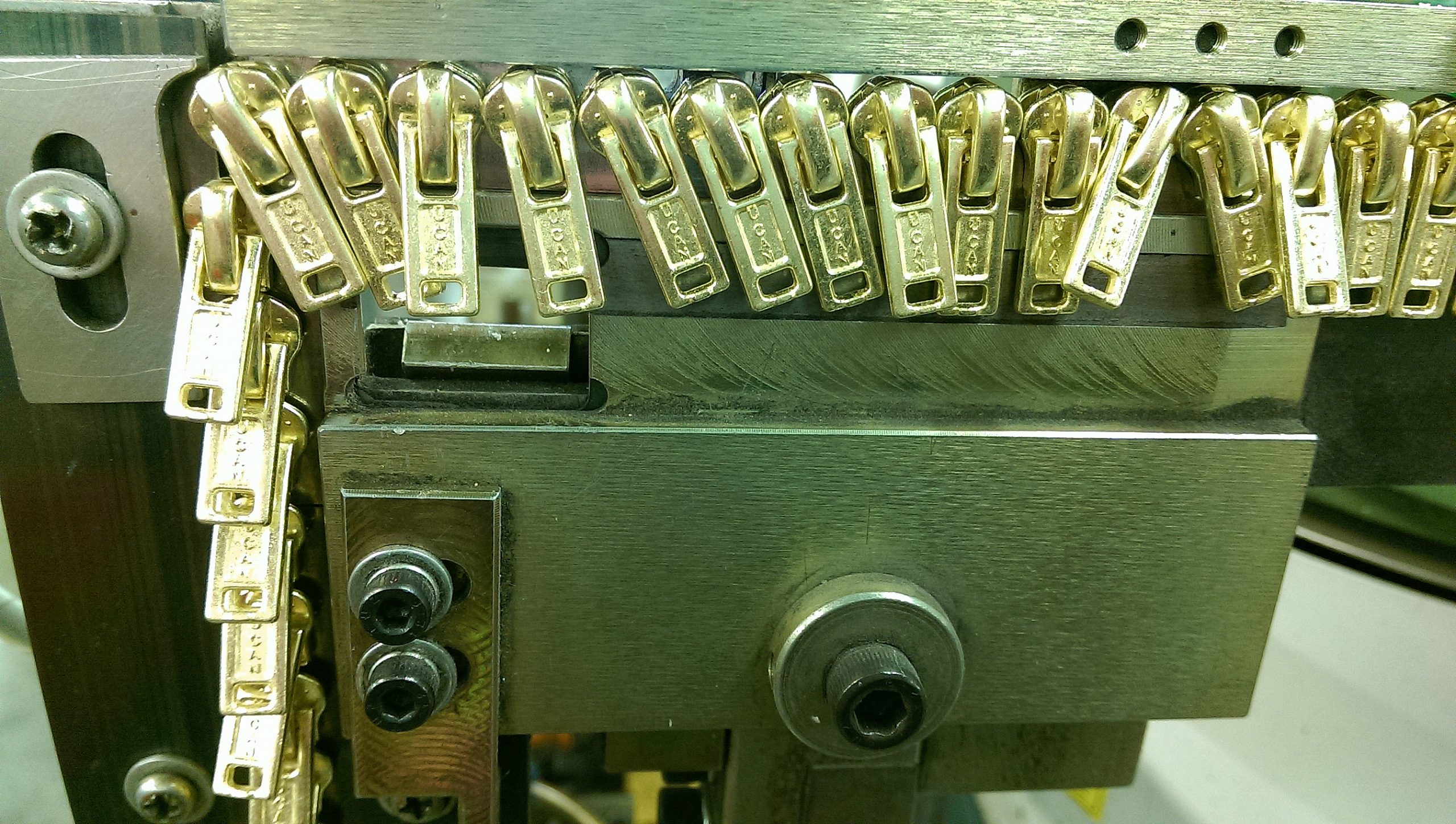
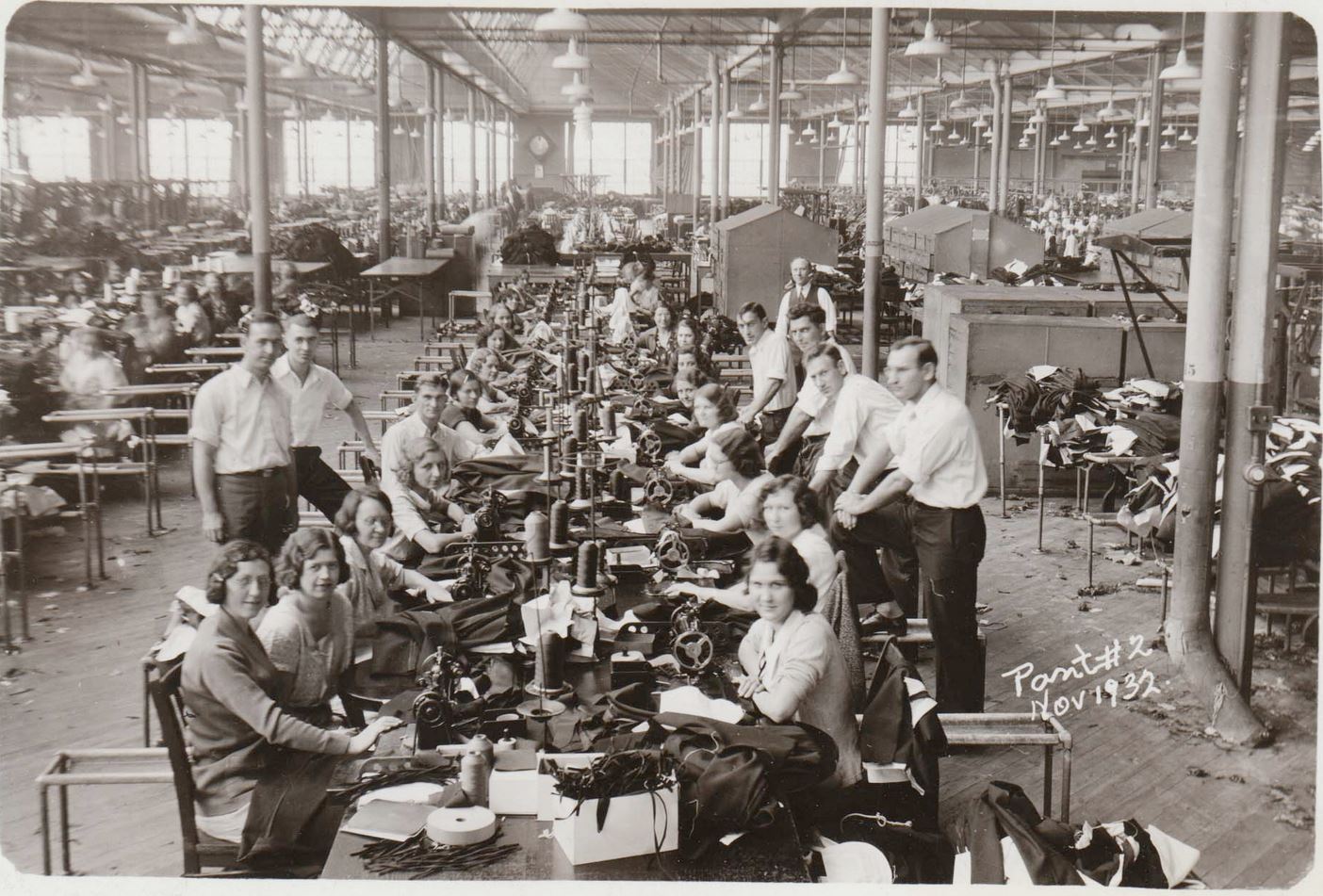
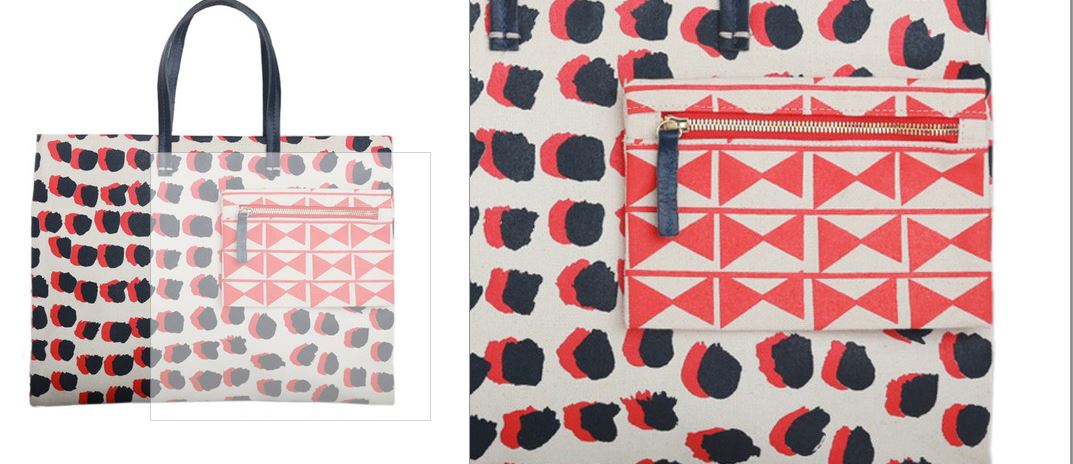
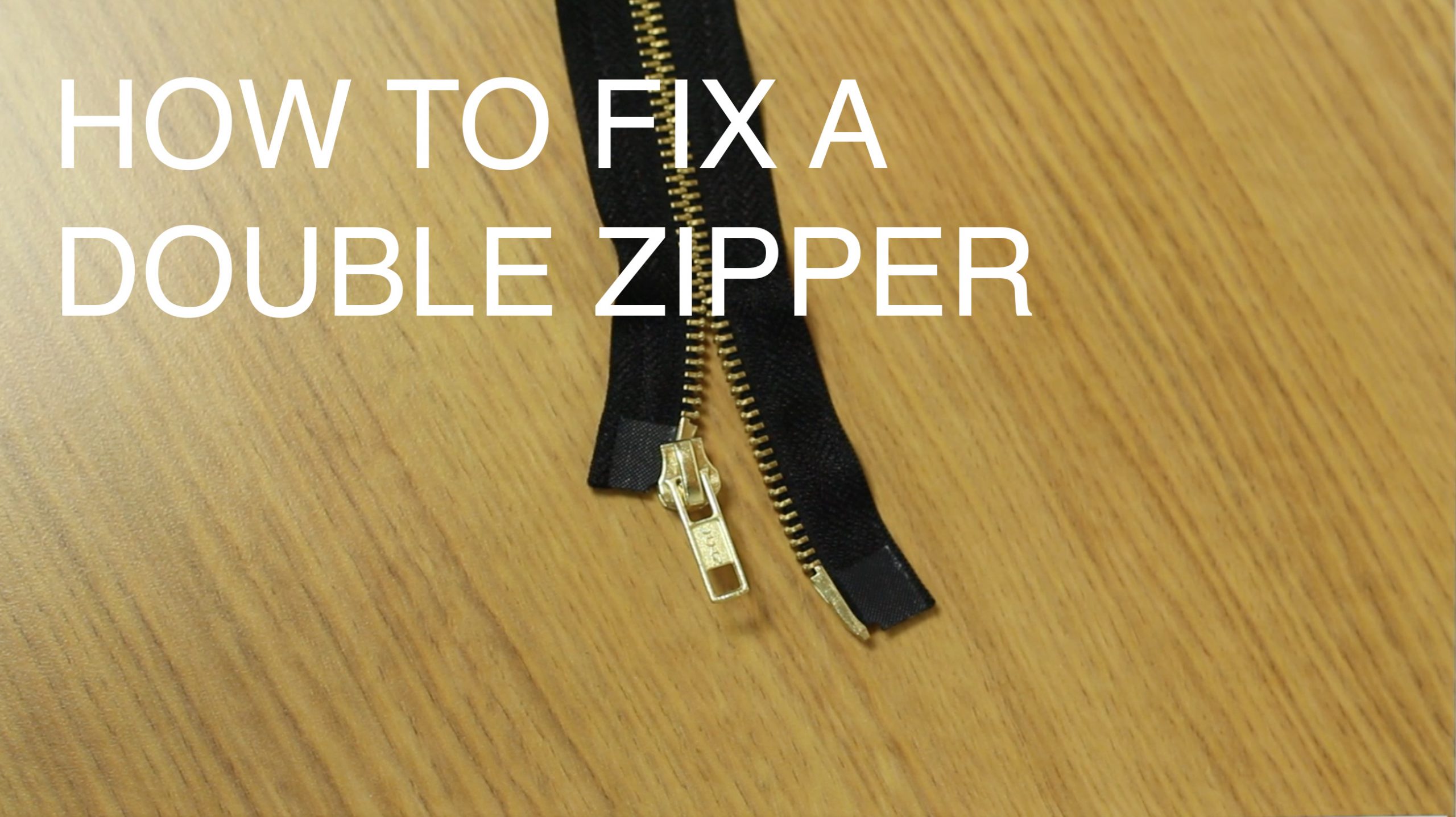
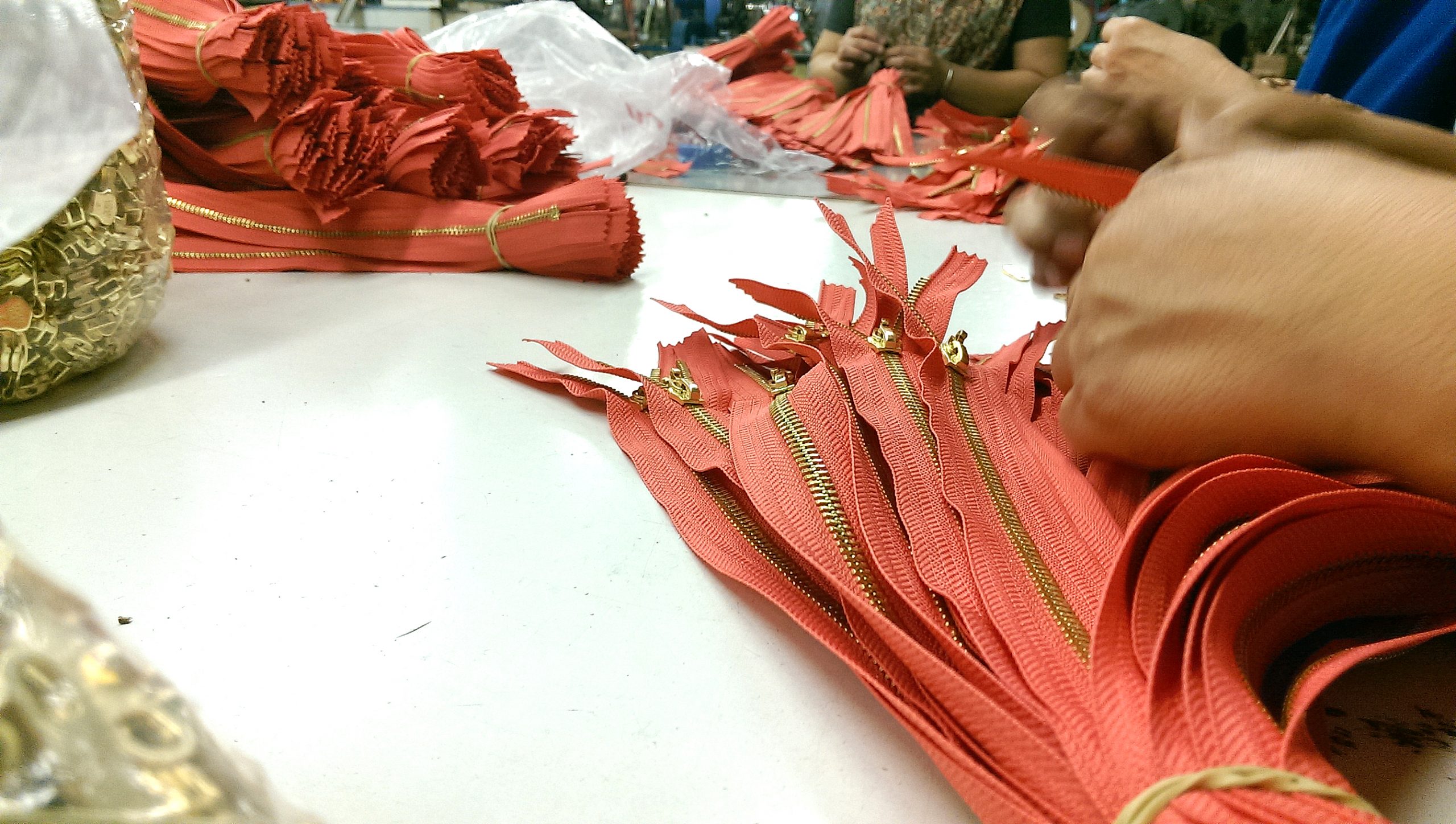



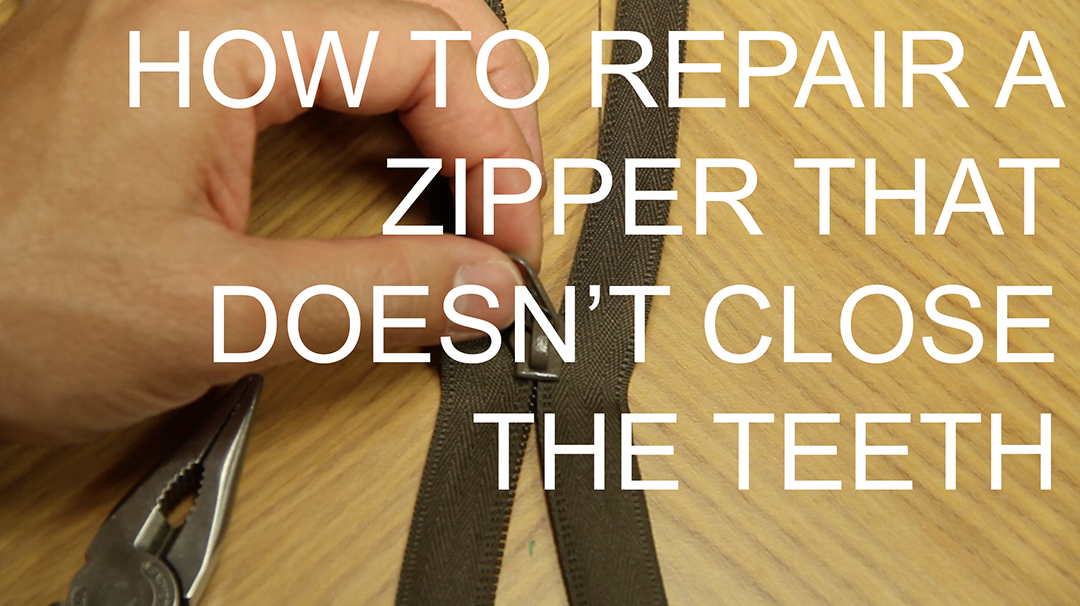
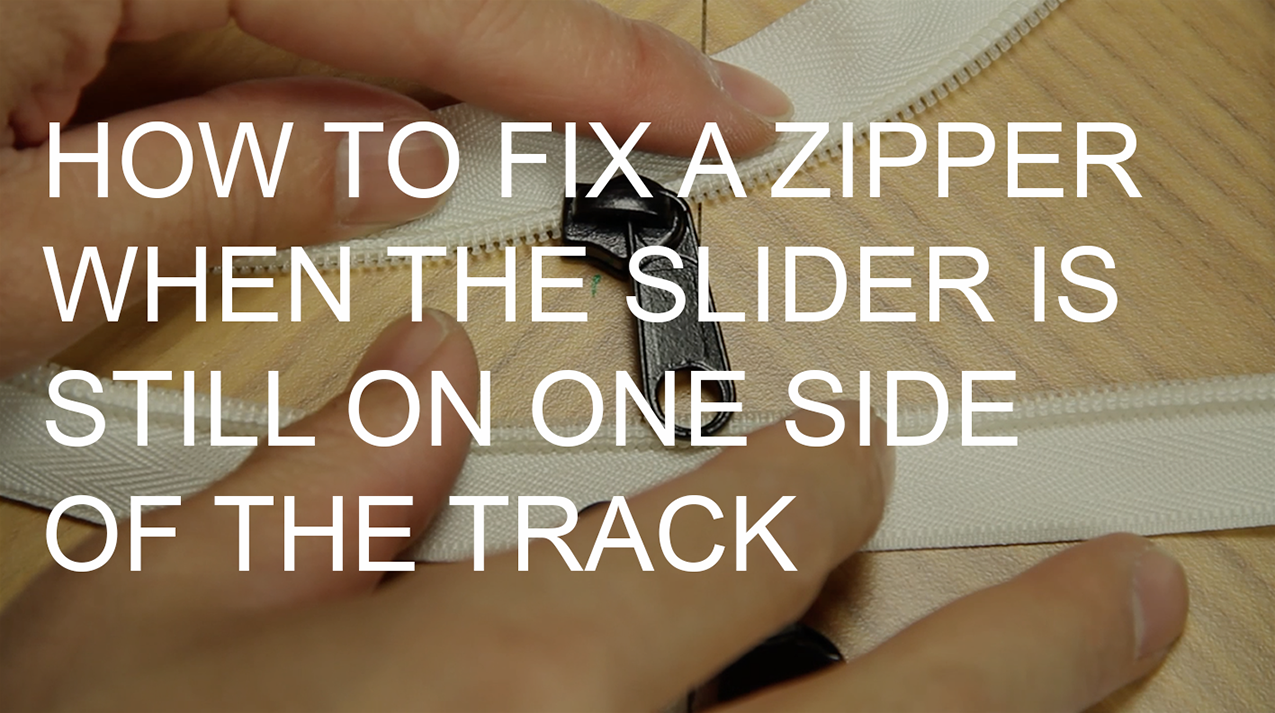



Leave a Reply